maximum snow load - Toyota FJ Cruiser, 2008
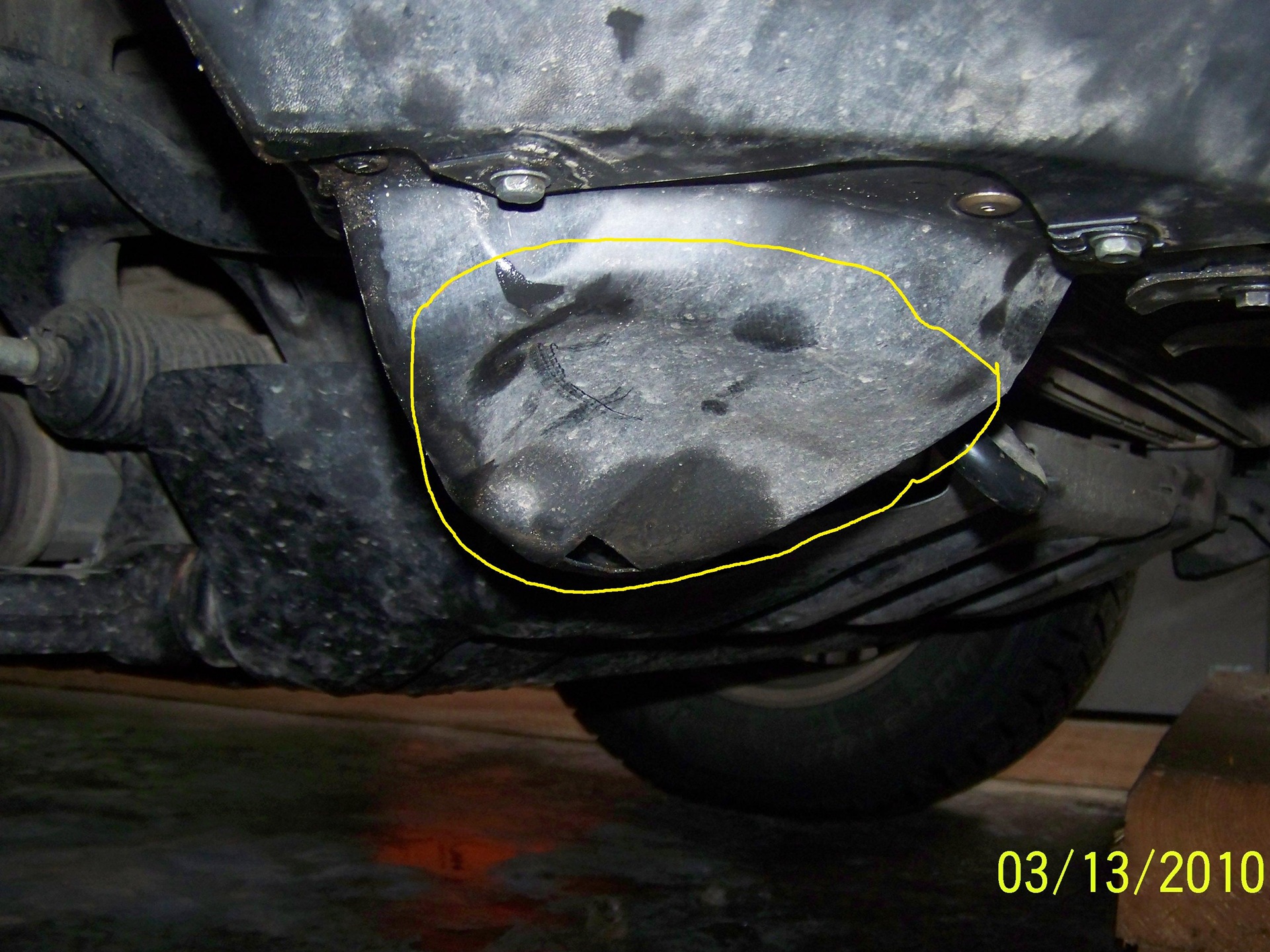
the densest snow interspersed with streaks of crust, holds a person's weight of 100 kg in 43 boots. falls through on impact. 10th of March. I am updating the primer for the passage of underdrives. Passage length 1500m. depth of cover according to the front number. 1st gear + downshift divider included. forward movement down 25 degrees + forward upward 25 degrees. the car moves confidently, exactly without acceleration up to 5 km per hour every 50-100 meters a mass of snow completely stops the car in first gear with a divider - the car digs in place. Smoothly boring, without acceleration and jerking, we pass back 10 meters and again pushing the snow forward. No attempts to freeze. just like digging a hole. Half an hour and the job is done. The track has been laid. The return road is parallel rolling with partial track overlap in 2nd gear + divider - only keeping from falling into the old track. Detailed examination of possible damage in the garage. The front passenger ripper is slightly pressed inward. Hair dryer + fingers will be fixed in place in warm weather. It (the ripper) protects the front CV joint by creating a furrow in the snow to avoid snow pressure on the seal. Photo # 1. Otherwise, all the elements are in perfect order, there are not only dents but also scuffs in the paint all over the bottom. The lower edges of both radiators are not damaged, the radiators have not been cleaned for two years, they are just clean. The apparently blunt front bumper creates a protective airflow that deflects insects and debris. Photo # 1. Otherwise, all the elements are in perfect order, there are not only dents but also scuffs in the paint all over the bottom. The lower edges of both radiators are not damaged, the radiators have not been cleaned for two years, they are just clean. The apparently blunt front bumper creates a protective airflow that deflects insects and debris. Photo # 1. Otherwise, all the elements are in perfect order, there are not only dents but also scuffs in the paint all over the bottom. The lower edges of both radiators are not damaged, the radiators have not been cleaned for two years, they are just clean. The apparently blunt front bumper creates a protective airflow that deflects insects and debris.
Photos of the inspection are attached. I take back the words about the lack of protection, the Japanese know how to work. The standard protection is excellent. To create large loads while driving, the width of the rubber and the engine is no longer enough.

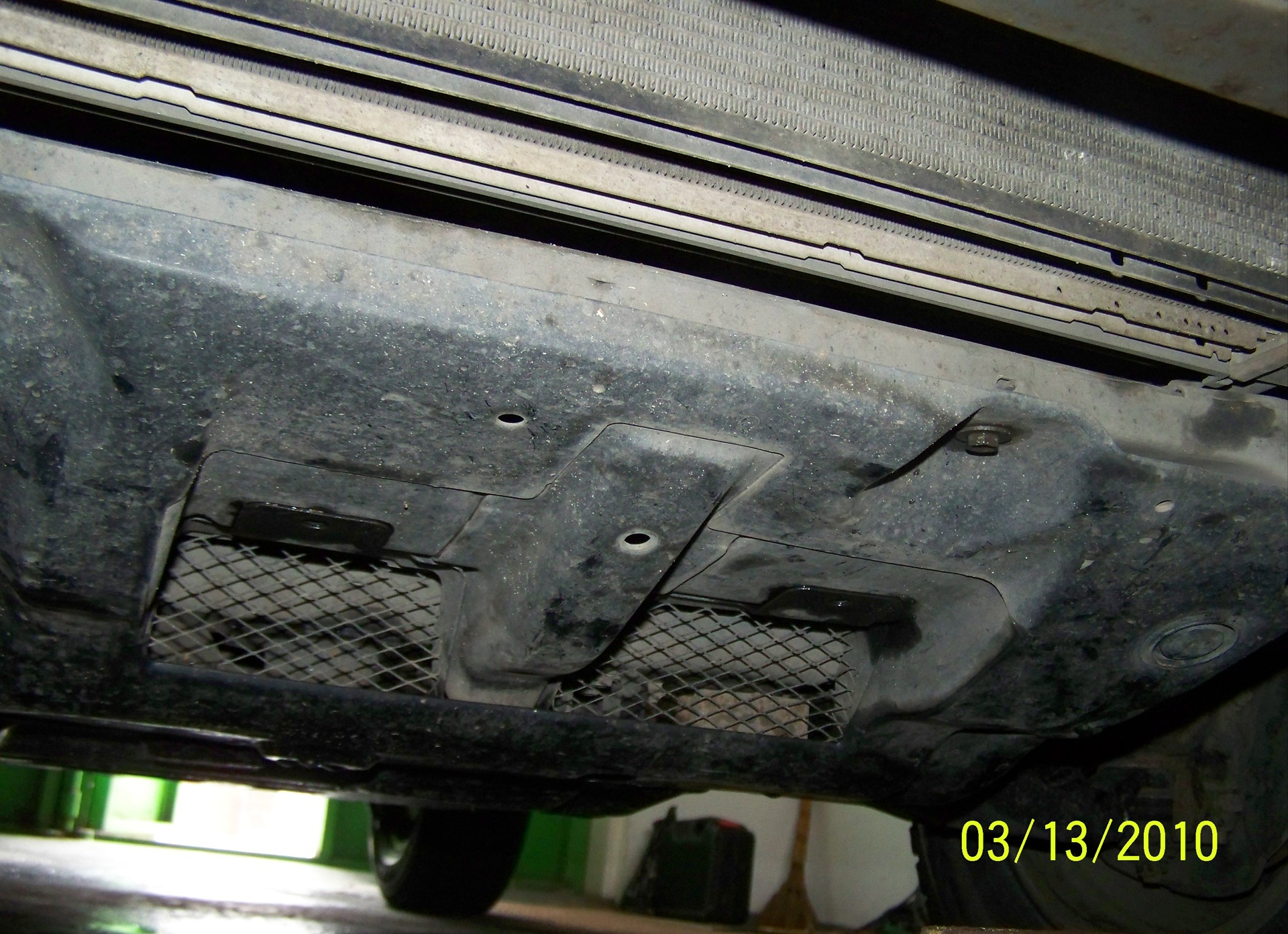
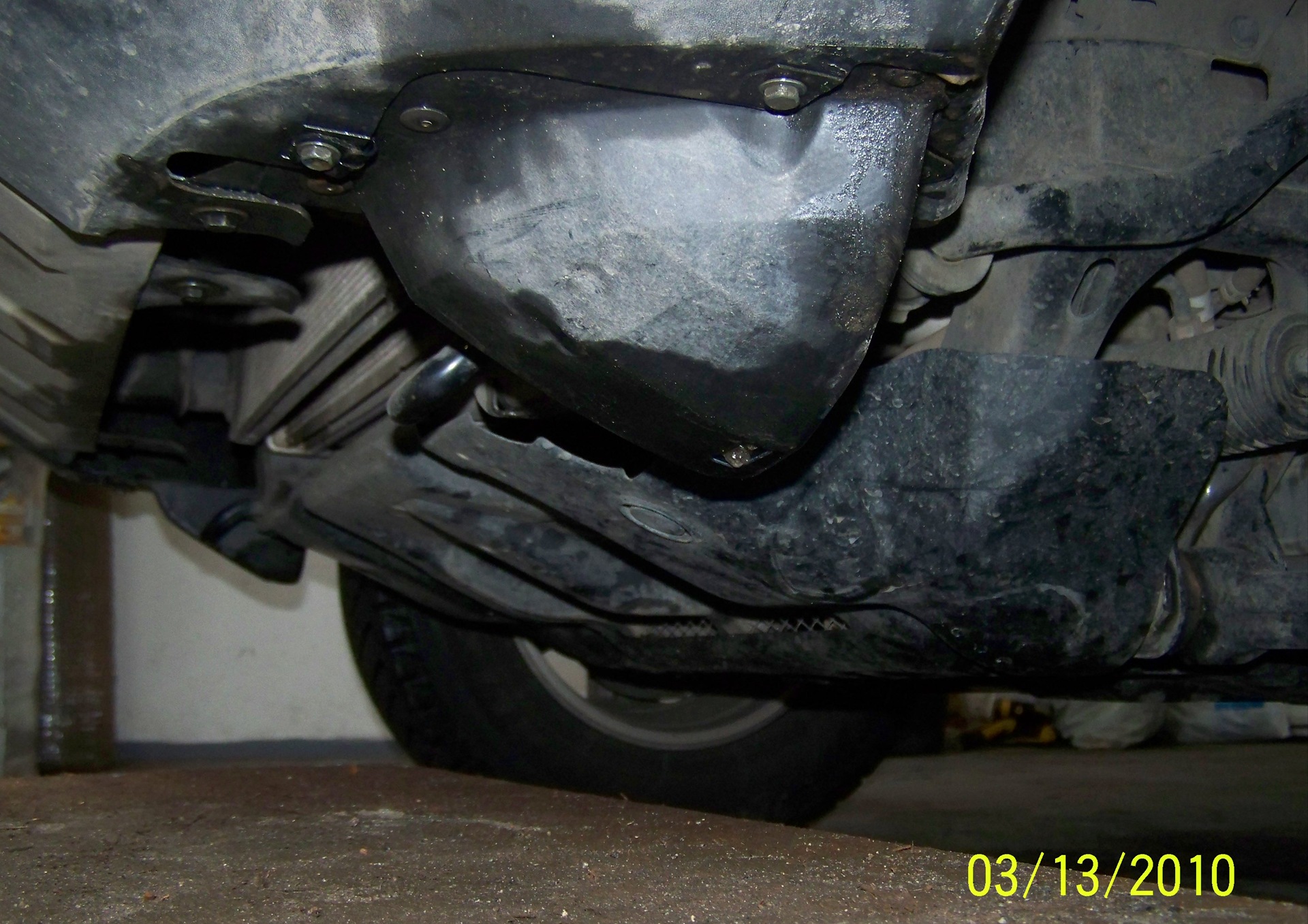
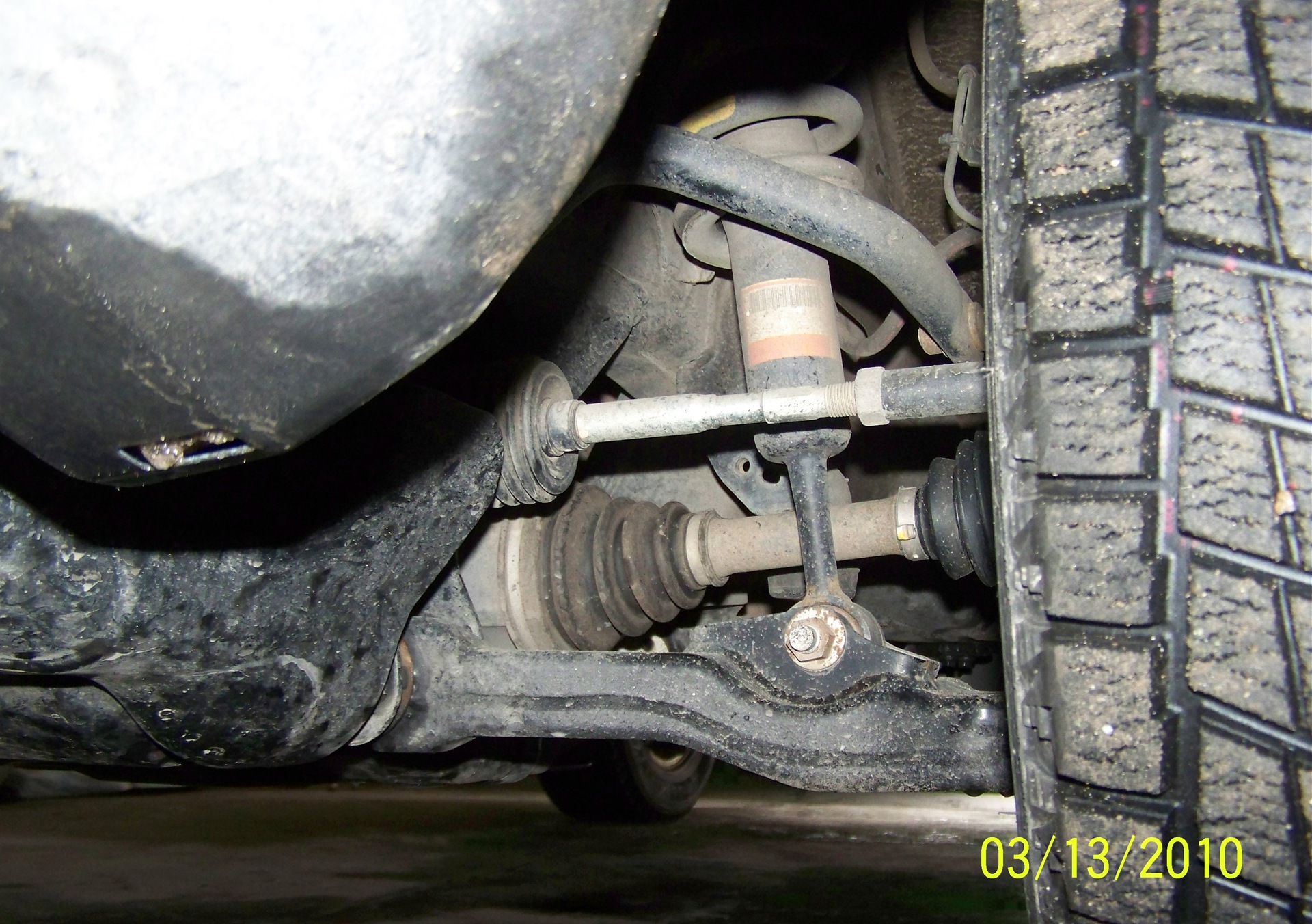
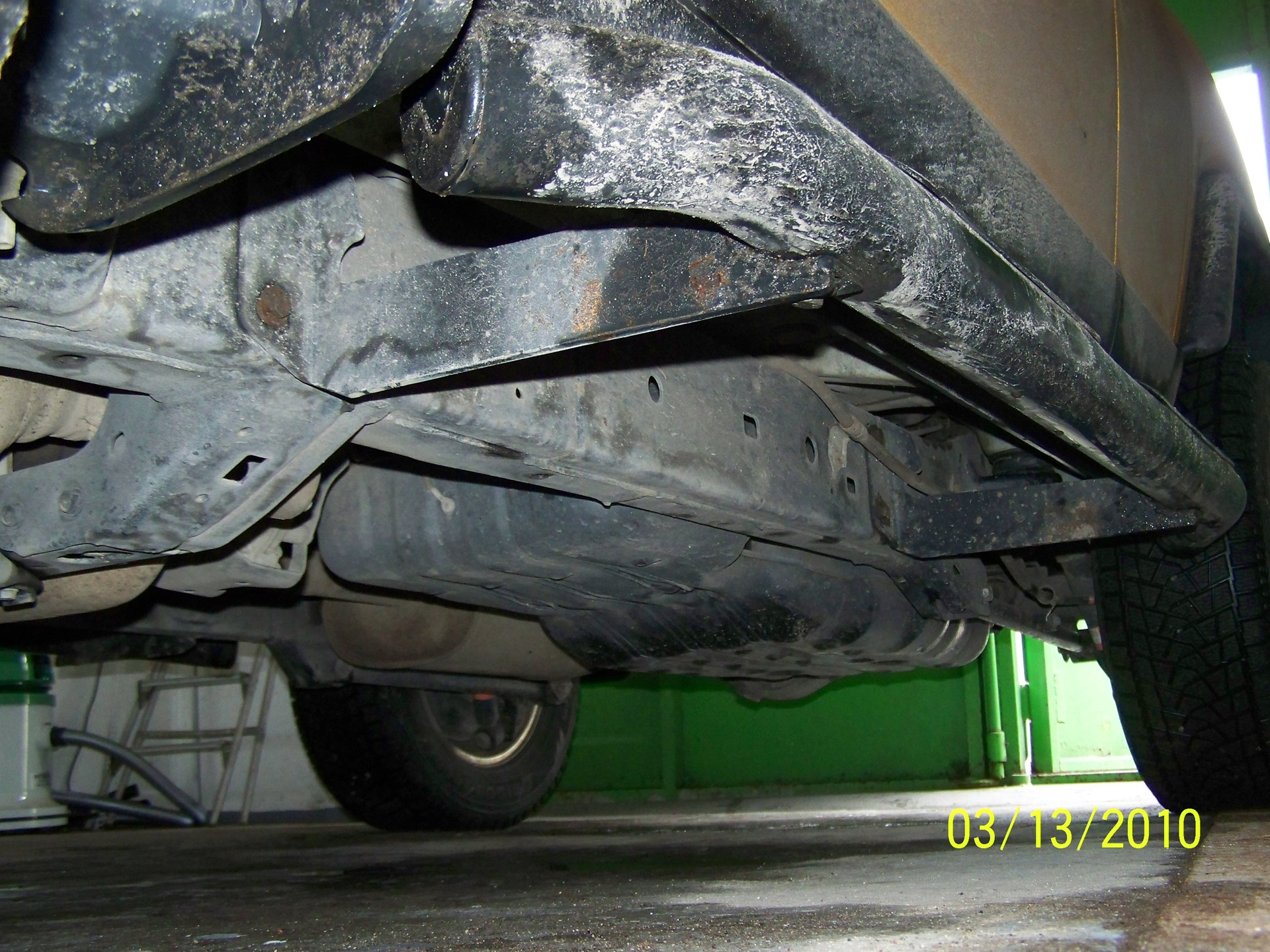 Price tag: 0 ₽
Price tag: 0 ₽
photo taken at an angle of 45 degrees from bottom to top. If you look along the line of movement, they (radiators) are covered with a bumper margin as a bumper cover and rectangular profiles of the bumper frame. In motion, you can only hit in an accident with a collapse of the bumper.